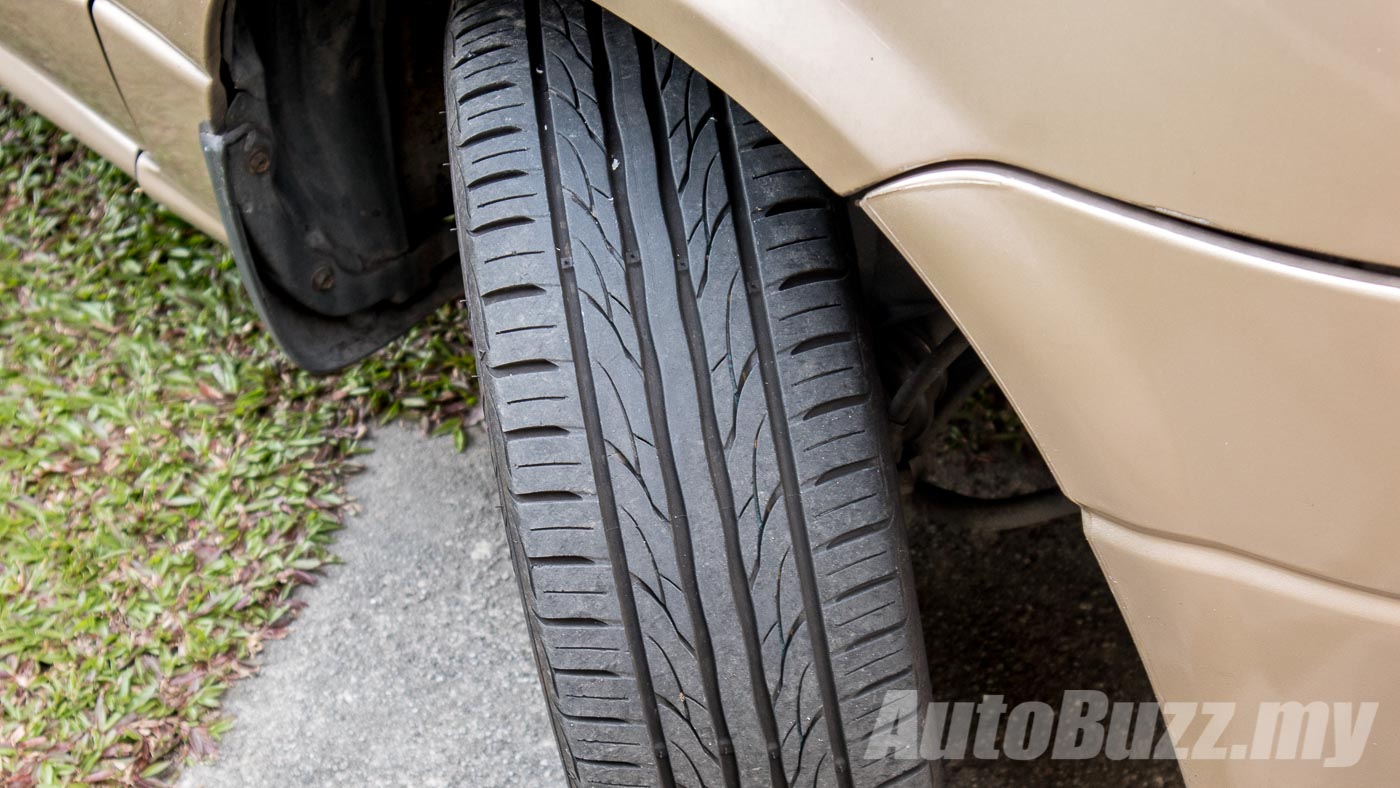These days we’re spoilt for choice when it comes to tyre selection from a range of different brands and prices, performance levels and applications. But do we (or rather you) know what you’re buying? Are those set of tyres suited to your daily needs?
Here’s a video we made on tyre care tips and things to look out for before going on a long drive.
If you’ve popped by a tyre shop and gone through the ordeal of picking out a tyre for your car, you’d agree that there are easily more than 10 different brands to choose from, with varying costs and applications. You would’ve most certainly also heard of asymmetric and directional tyres – in reference to their tread patterns.
What are they then? What do they mean? How do they differ in application? Narrowing down the focus, we’ll start off by briefly looking into what directional tyres are; looking through its fundamentals so that you can sound knowledgeable enough to impress your better half and avoid looking like a complete imbecile at the tyre shop.
Narrowing down the focus, we’ll start off by briefly looking into what directional tyres are; looking through its fundamentals so that you can sound knowledgeable enough to impress your better half and avoid looking like a complete imbecile at the tyre shop.
Directional tyres have been around since the beginning of motoring and were used as a means of improving traction on muddy and loose surfaces. It’s not until modern times that they were appreciated for their advantages and less importantly, aesthetic appeal. These tyres can be easily identified simply by the tread patterns on its surface. They usually have an arrow-like, forward-facing, V-shaped pattern (that’s hard to miss) and is designed solely to rotate in one direction.
These tyres can be easily identified simply by the tread patterns on its surface. They usually have an arrow-like, forward-facing, V-shaped pattern (that’s hard to miss) and is designed solely to rotate in one direction.
These tyres usually have markings on the sidewall to determine its direction. The markings may vary but typically you’ll find the word “rotation” clearly stated if not some form of symbol or representation like an arrow, to ensure that you wouldn’t position them wrongly when you’re fitting on or rotating those tyres.
While it wouldn’t send your car into the ditch if mounted on the wrong side, let’s just say, these tyres wouldn’t be optimised – they wouldn’t be as effective in delivering grip and dispersing water, as it should.
Aside from helping to disperse water more efficiently, to avoid aquaplanning, directional tyres are also said to offer better directional stability.
Speaking of rotating your tyres, directional tyres can only be rotated from side to side or from front to back, vice versa. If done wrongly, it could reduce traction, increase tyre noise and decrease the lifespan of the tyres.





